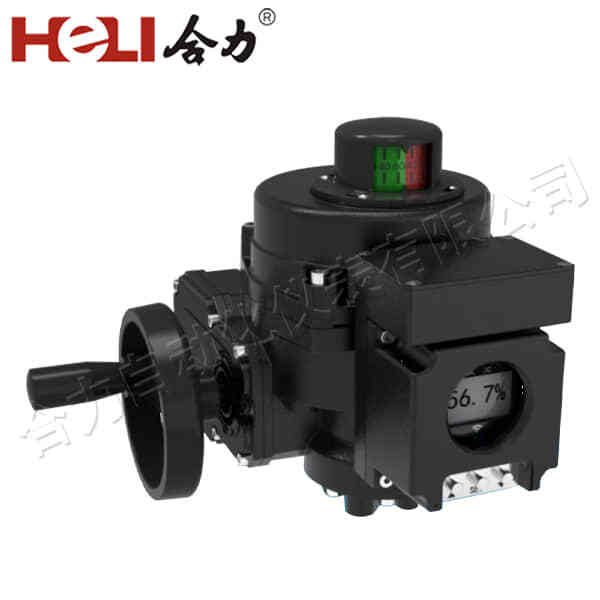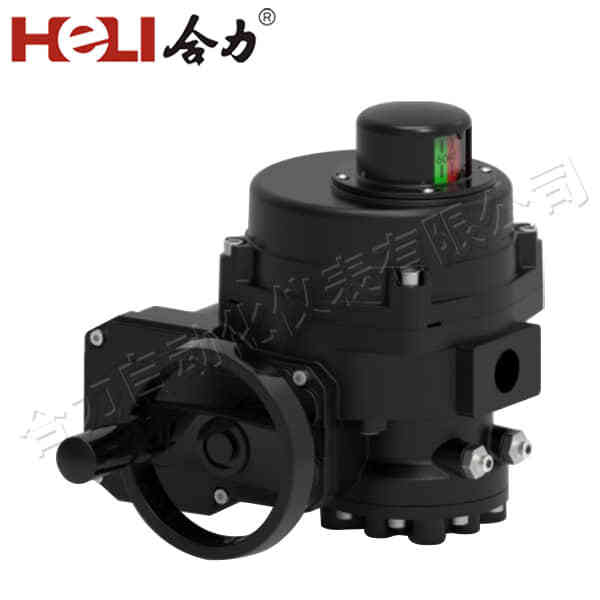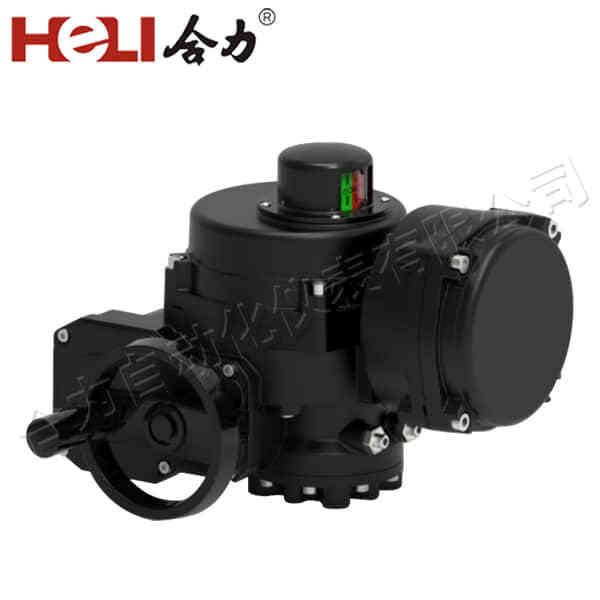Electric actuators are vital components in modern automation systems, driving mechanical movement through the conversion of electrical energy into motion. These devices play a critical role across various industries, including manufacturing, robotics, automotive, and building management systems. Their ability to deliver precise and reliable movement makes them indispensable in a wide range of applications. This article explores the advantages, types, and common uses of electric actuators, highlighting why they are preferred in many automated systems.

What is an Electric Actuator?

An electric actuator is a mechanical device that uses electrical energy to produce motion. It typically consists of an electric motor, a mechanical transmission system (such as gears or lead screws), and a controller for regulation. The motor converts electrical energy into rotational or linear motion, which is then transmitted to perform work in a specific application. Electric actuators are used in systems that require high precision, speed, and efficiency in their movement. Types of Electric Actuators There are several types of electric actuators, each designed for different applications:
